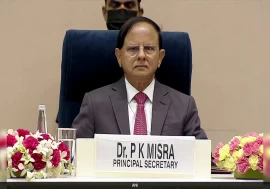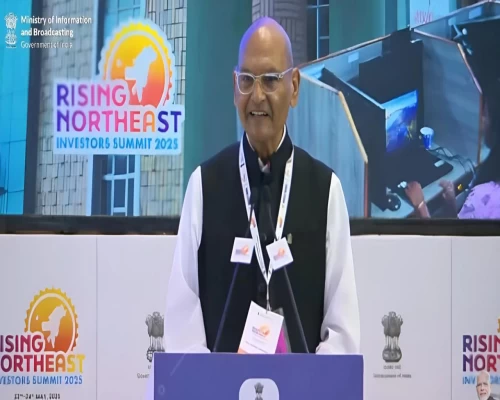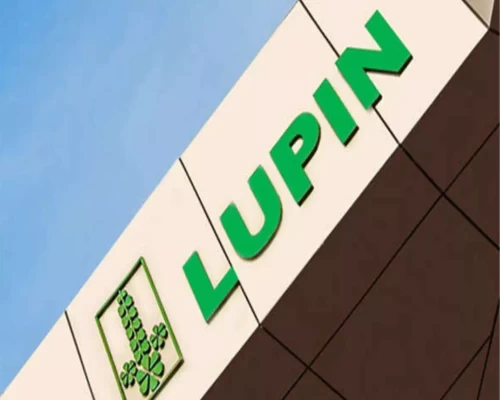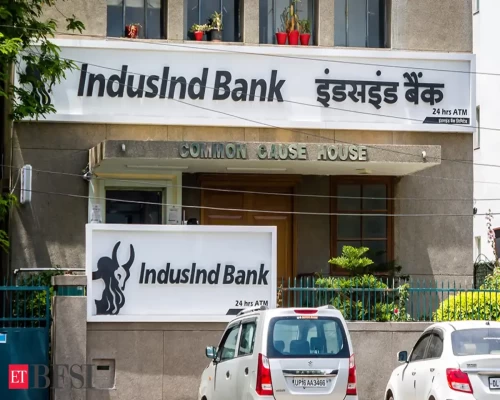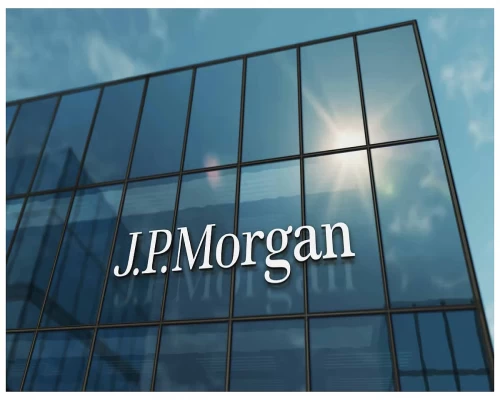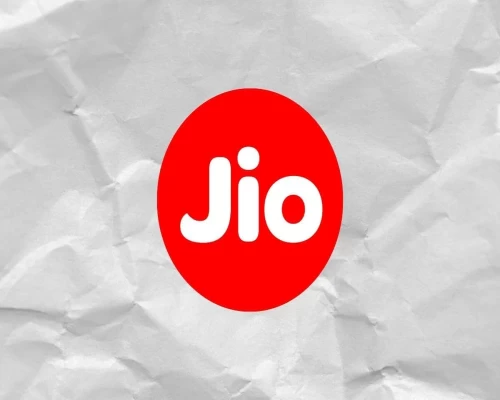
New Delhi: The securitization volume soared by around 60 per cent on-year to about Rs 55,000 crore this April-June, the highest ever in a fiscal first quarter, on strong demand for retail assets from banks coupled with increased use of securitization as an alternative funding route by NBFCs.
The participation demographic continued to be broad-based like last fiscal, with over 80 originators and 50 investors. The number of transactions has gone up from around 160 in the first quarter of fiscal 2023 to over 250. Private and public sector banks continued to be the dominant investors, followed by foreign banks.
Says Krishnan Sitaraman, Senior Director and Chief Ratings Officer, CRISIL Ratings, “Securitization is allowing banks to do two things: Keep driving their credit growth without impacting their direct exposure limits to NBFC balance sheets, and diversify exposure to granular retail loans, which are showing robust collection performance. With the momentum in NBFC credit growth and investor interest in retail loan pools, annual securitization volume can exceed the previous peak of Rs 1.9 lakh crore this fiscal.”
The share of vehicle loan securitization including commercial vehicles and two-wheelers in overall first-quarter volume surged 900 basis points (bps) to about 37 per cent, primarily driven by the top originators in the commercial vehicle segment that have relied on securitization as an alternative funding tool to support their strong credit growth.
This rise, along with continued momentum in other asset classes, has led to a relative decline in the share of retail mortgage-backed securitization (MBS) by 1,300 basis points (bps) to about 34 per cent in the first quarter. Microfinance securitization cornered 10 per cent and gold loans 8 per cent of the market, in sync with their share in the first quarter of last fiscal.
The share of direct assignment (DA) transactions fell to around 50 per cent, compared with 55-65 per cent in the past three fiscals, on account of the drop in the share of MBS, which are largely undertaken via the DA route. So far, DAs have largely been dominated by mortgages and gold loans given the relatively higher safety in these asset classes, while pass-through certificates (PTCs) found greater acceptance in the vehicle, microfinance and unsecured loan segments.
Among investors, while foreign banks focused on investing in PTCs, public sector banks preferred DA pools. Private sector banks invested in a mix of Das, mostly mortgage and gold loan pools, and PTCs. The share of mortgages and DA in securitization volume will reduce further, given the merger of a large originator in the housing finance space with a bank. Consequently, PTCs will gain share in the market.
Says Ajit Velonie, Senior Director, CRISIL Ratings, “PTCs have facilitated cautious entry for investors into new originators and asset classes, given the presence of credit enhancement, which increases investor protection. PTCs also offer structuring flexibility that enables better alignment of issuances with investor needs. For instance, those with replenishing structures have continued to pick up in the first quarter of this fiscal, enabling longer-tenure PTC issuances to be backed by shorter-tenure loans.” /BI/


